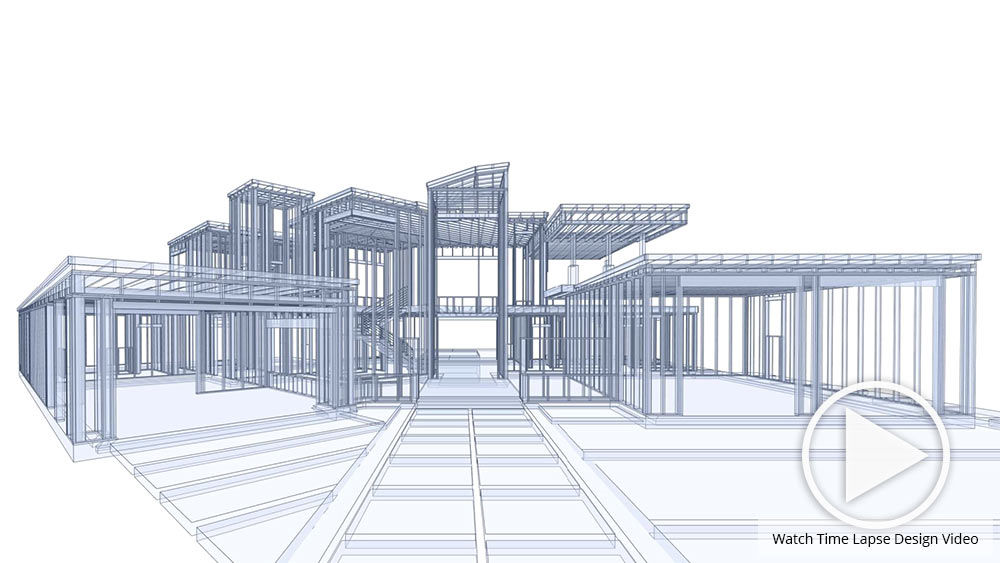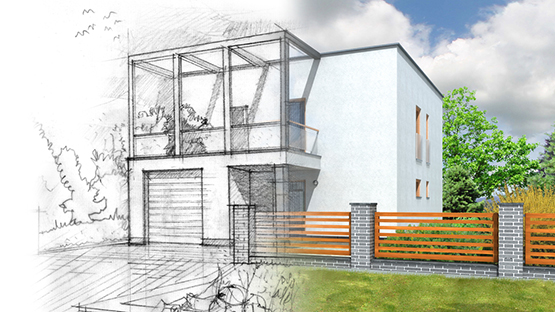Why CDA Architects Are Leaders in Architectural Design and Development
Why CDA Architects Are Leaders in Architectural Design and Development
Blog Article
A Detailed Review of Building Designs and Their Impact on Modern City Preparation and Growth
Building designs have actually long offered as a mirror to the social worths and technical advancements of their time, playing a critical function fit modern-day city preparation and advancement. From the magnificence of Neoclassicism to the practical technique of Brutalism, each style has introduced distinct concepts that influence city visual appeals and functionality. As contemporary challenges emerge, consisting of sustainability and area requirements, comprehending these historical frameworks comes to be crucial. The resulting discussion not just informs future design techniques however likewise raises relevant questions concerning the equilibrium between heritage and innovation in our advancing metropolitan landscapes.
Historic Summary of Architectural Styles

As cultures transitioned via the Center Ages, Gothic architecture emerged, identified by its verticality and complex outlining, matching the spiritual ambitions of the age. The Renaissance marked a rebirth of classic ideals, merging art and style in ingenious manner ins which affected subsequent styles throughout Europe.

Today, building styles remain to advance, driven by globalization and sustainability issues, mirroring a dynamic interplay in between heritage and innovation. This historical introduction underscores the importance of design as a mirror of social evolution and as a stimulant for metropolitan growth.
Trick Architectural Styles Explained
The variety of architectural designs shows the myriad influences that form our built atmosphere, each symbolizing distinctive characteristics and cultural relevances. Trick building designs include Classical, Gothic, Baroque, Modernism, and Postmodernism, each representing special historic contexts and visual ideologies.
Timeless style, rooted in old Greece and Rome, emphasizes symmetry, proportion, and using columns (cda architects). On the other hand, Gothic architecture, thriving in the center Ages, is defined by pointed arches, ribbed vaults, and flying buttresses, producing an aerial top quality in sanctuaries. Baroque style, arising in the 17th century, is marked by magnificence, sophisticated decoration, and a dynamic interplay of light and shadow
Innovation, which obtained energy in the very early 20th century, prioritizes function over form, utilizing brand-new products like steel and glass to produce minimalist structures. Postmodernism, responding versus the austerity of Modernism, embraces eclecticism and historical reference, commonly integrating lively elements and irony.

Effect on Urban Preparation
In shaping the growth of cities, architectural designs considerably affect urban preparation decisions. The option of architectural style usually dictates the aesthetics, performance, and total character of city environments. Innovation, with its focus on minimalism and capability, encourages open spaces and the assimilation of technology, shaping city formats that focus on efficiency and availability. Alternatively, traditional styles may stress historic conservation, leading to metropolitan styles that keep social heritage and advertise pedestrian-friendly environments.
In addition, building designs can influence zoning laws and land make use of plans. Urban organizers have to take into consideration the dominating building patterns when creating districts, making sure that new advancements harmonize with existing structures. This consideration cultivates natural metropolitan landscapes and improves neighborhood identity.
The implementation of details building designs can likewise influence socioeconomic factors within a city. For example, premium contemporary designs might bring in upscale locals and businesses, leading to gentrification, while extra inexpensive real estate remedies may prioritize sensible and lasting designs to suit varied populations. Eventually, the interaction in between building styles and city planning develops vibrant cities that reflect both historic context and contemporary requirements, forming the lived experiences of their occupants
Sustainability and Modern Architecture
Building styles play an essential role in attending to contemporary difficulties, particularly in the world of sustainability. As city areas increase and environmental worries escalate, contemporary style progressively welcomes sustainable style concepts that prioritize energy performance, resource conservation, and marginal eco-friendly impact.
Contemporary building activities, such as biophilic design and eco-friendly style, supporter for structures that balance with their environments, making use of natural materials and promoting biodiversity. These designs often incorporate renewable resource resources, such as solar panels and wind turbines, to decrease dependence on fossil gas and reduced carbon impacts.
Moreover, the combination of sophisticated modern technologies, such as clever building systems, enhances energy management, enhancing resource usage while making sure owner convenience. Cutting-edge water management strategies, including rainwater harvesting and greywater recycling, further add to sustainable urban environments.
Notably, sustainability extends beyond environmental concerns; it encompasses social and economic measurements too. By fostering area health and advertising inclusivity, modern-day building styles align with sustainable growth objectives. The evolution of building methods continues to shape durable cities that not only meet the demands of the existing however likewise safeguard the future for generations to come.
Community Involvement in Layout
Neighborhood interaction in design works as a crucial bridge in between engineers and the populations they serve, ensuring that the developed atmosphere reflects the demands and ambitions of its users. This joint procedure invites neighborhood you can find out more members to add their understandings and preferences, cultivating a sense of possession and responsibility towards the rooms they occupy.
Efficient area interaction employs different methods, such as workshops, studies, and public forums, to collect diverse point of views. These approaches assist in a two-way dialogue, enabling engineers to understand neighborhood contexts while empowering citizens to voice their problems have a peek here and desires. This inclusivity not only boosts the design high quality yet also advertises social equity by addressing the distinct obstacles encountered by marginalized groups.
Additionally, community engagement can cause cutting-edge solutions that may not arise in a typical design process. By incorporating neighborhood expertise and cultural values, designers can produce rooms that reverberate even more deeply with users, enhancing functionality and sustainability. Eventually, focusing on area engagement in layout procedures causes environments that nurture social interactions, support well-being, and strengthen neighborhood ties, thus playing an essential duty fit modern-day city landscapes.
Conclusion
Architectural styles have profoundly affected modern-day city preparation and growth, mirroring advancing social and technical contexts. The my company assimilation of historic aesthetic appeals with contemporary requirements promotes urban environments that prioritize sustainability and community involvement. As cities remain to expand and adjust, the recurring discussion between architectural heritage and modern design concepts will certainly stay necessary in producing inclusive, dynamic spaces that enhance top quality of life and advertise social equity. The future of metropolitan development hinges on this unified balance.
Report this page